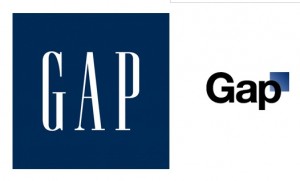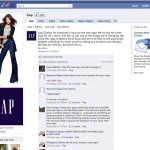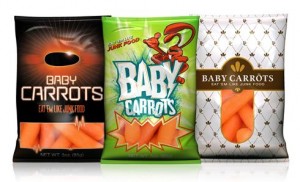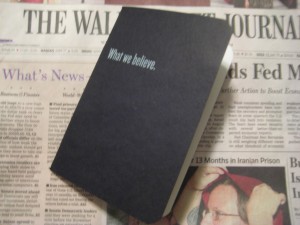Copywriters love to write negative ads… they’re so much more fun than bland positive messages. But early in our careers we have it drummed into us that negative doesn’t sell. The reason is that the ad itself has no credibility. Rather than absorb an unrequested negative message, the reader simply turns the page.
I had to prove this for myself with a negative direct mail package to test against my control for Long Term Life Insurance at Met Life. Your chances of needing long term care are hundreds of times greater than the possibility of a home fire. Yet everybody carries fire insurance. Similarly, you have maybe a 1 in 10 chance of getting in an auto accident but the odds of needing long term care are 1 in 2. Getting worried yet?
The package bombed. Nobody wanted to read it. And I have stayed on the sunny side ever since…. with the exception of a few forays for my financial services client. But now comes the Mayhem campaign for Allstate… which seems to be working, based on the way the campaign has expanded and the fact they are now running a “clips” spot for the holidays.
Mayhem points out all the bad things that can happen when you don’t have insurance or enough insurance…. with humorous depictions by the entertaining actor (who plays one of the dead family members on Rescue Me) Paul Dean Winters. My favorite is “Large Expresso” in which the bigwig executive, upset about losing millions in the market, spills a large expresso on himself and slams on the brakes… causing you to run into him from behind, your fault.
So we have two shibboleths broken at once, negative advertising and humorous advertising. Thank you Allstate (and thank you agency Leo Burnett).
UPDATE: Allstate’s PR folks contacted me to correct the spelling of the star’s name and to point out that Mayhem now has his own Facebook page. You can find it lower right on this Allstate site.




